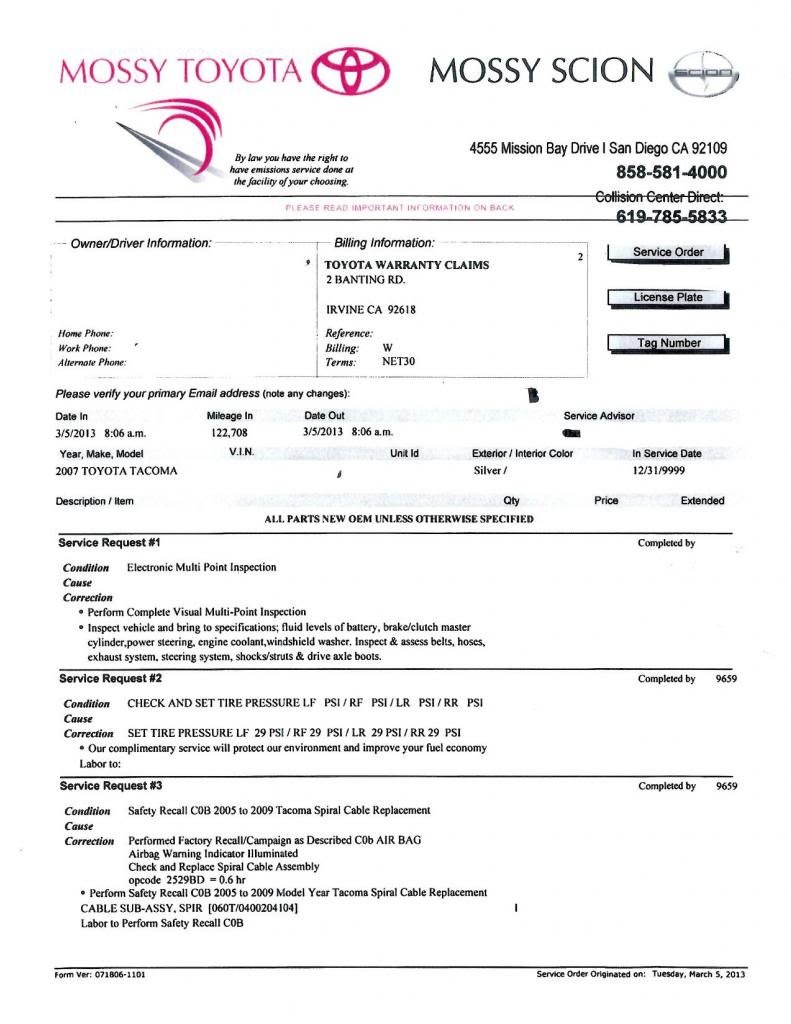Troubleshooting a non-functional OBD2 port on a 2005 Toyota Solara can be frustrating. This article explores a common issue related to aftermarket wiring and its potential impact on the OBD2 port’s functionality, focusing on a real-world scenario. We’ll delve into the symptoms, diagnosis, and potential solutions to help you get your Solara’s OBD2 port working again.
Aftermarket Wiring and OBD2 Port Issues
A vehicle owner experienced difficulties with their 2005 Toyota Solara when attempting to get a recall service performed at a dealership. The technicians were unable to communicate with the vehicle’s ECU through the OBD2 port, hindering the recall process. This inability to establish communication with the ECU points towards a problem with the OBD2 port itself or the wiring connected to it.
After visiting a second dealership, the issue was further narrowed down. While other recall tasks were completed, the technicians couldn’t re-flash the ECU. They cited unusual amperage/ohm readings from the OBD2 port as the reason, suspecting interference from aftermarket wiring. The owner had installed an aftermarket stereo, speakers, amplifier, and a powered subwoofer. The technician hypothesized that one of these aftermarket components was drawing power from a circuit shared with the ECU, disrupting communication through the OBD2 port.
The dealership advised disconnecting all aftermarket accessories to isolate the problem and restore normal amperage/ohm readings. This would allow them to safely re-flash the ECU without risking damage. This diagnostic approach highlights a crucial point: aftermarket installations, especially those involving electrical modifications, can potentially impact the functionality of the vehicle’s onboard diagnostic system.
Understanding the Potential Conflict
The ECU relies on specific voltage and current levels for proper communication and operation. When aftermarket accessories tap into the vehicle’s electrical system, they can alter these parameters. If an aftermarket component draws power from a circuit shared with the ECU’s communication lines, particularly those connected to the OBD2 port, it can disrupt the delicate balance required for diagnostic communication. This disruption can manifest as an inability to connect to the ECU or inaccurate data readings. It’s essential to ensure all aftermarket installations adhere to proper wiring practices and avoid tapping into critical circuits. Consulting wiring diagrams and seeking professional guidance can help prevent such conflicts.
Resolving the Problem
To fix a non-working OBD2 port potentially affected by aftermarket wiring, systematically disconnect each aftermarket accessory and retest the port’s functionality after each disconnection. This process of elimination will help pinpoint the problematic component. Once the culprit is identified, rewire it correctly, ensuring it doesn’t draw power from any circuits crucial for ECU communication. In some cases, a dedicated power source may be necessary for the aftermarket accessory. If the problem persists after isolating and rewiring aftermarket components, further diagnostics may be required to rule out other potential issues with the OBD2 port itself or related wiring harnesses.

